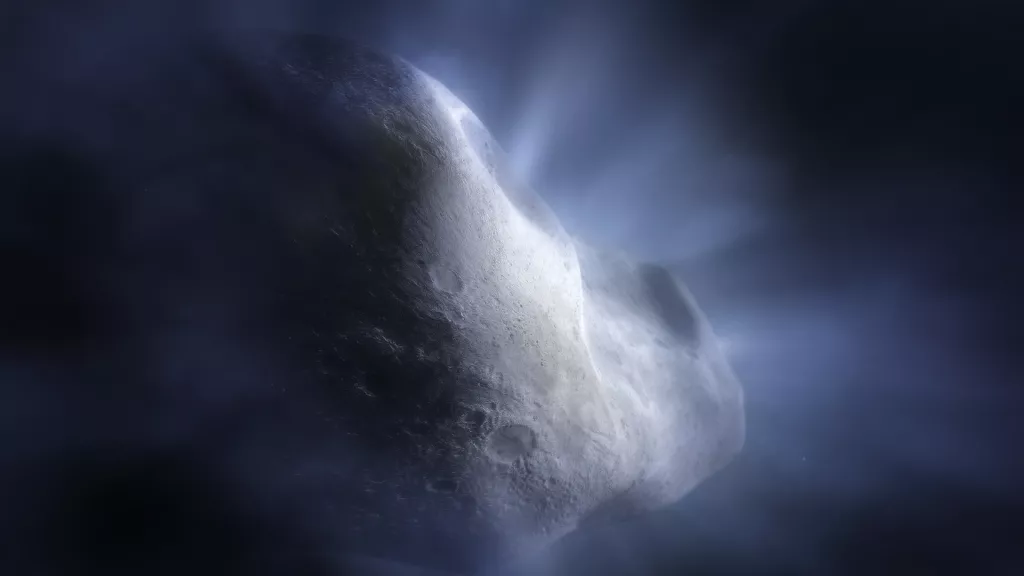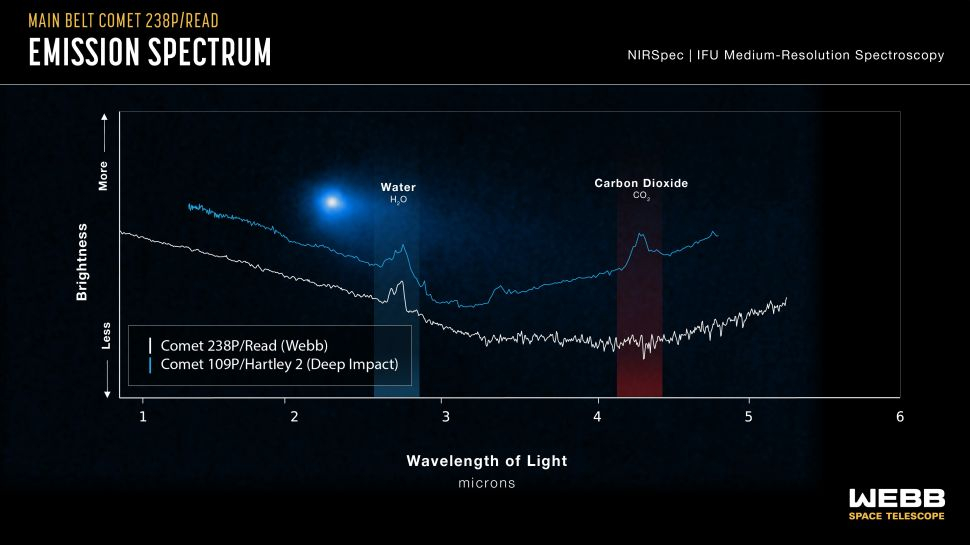James Webb detects water on a comet in the main asteroid belt between Mars and Jupiter

A comet in the main asteroid belt contains water vapour. Scientists have come to this conclusion after studying data obtained by the James Webb Space Telescope.
Here's What We Know
The main asteroid belt is located between the orbits of Jupiter and Mars. It contains space bodies of various sizes and predominantly irregular shapes. Despite the name, there are also comets in the asteroid belt. One of them is called 238P/Read.

Previously, scientists believed that comets form in the Kuiper Belt, which is located behind Neptune. They could also appear in the Oort Cloud, which is even further away, at the edge of the solar system.
Astronomers can only speculate that the ice that gives a comet its distinctive tail as it approaches the Sun may be stored in the main asteroid belt. The James Webb telescope has helped confirm this theory.

To conclude, add that the observation of 238P/Read has posed a new mystery for scientists. Normally 10% of a comet's volatiles come from carbon dioxide. It quietly evaporates due to heat as the object approaches the Sun. In spite of this, 238P/Read has no carbon dioxide.
The comet may have lost it earlier as it approached the Sun. A second suggestion is that 238P/Read may have originated in the warm part of our star system, where carbon dioxide is absent.
Source: space